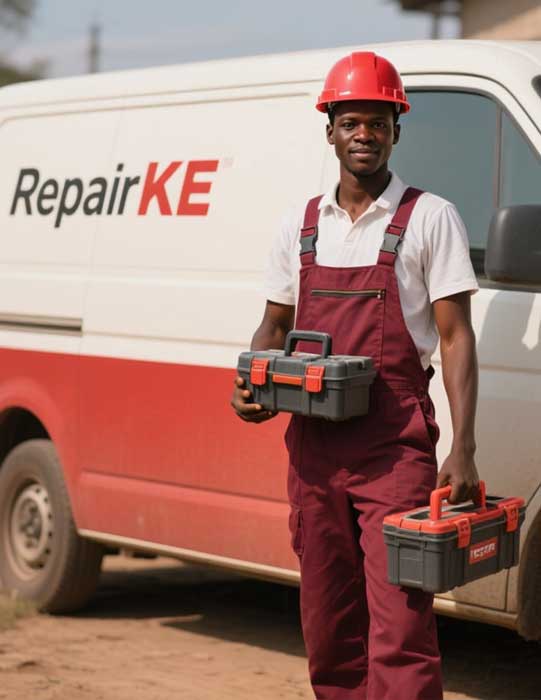Electrode Sticking
Electrode sticking, common in stick welding, occurs when the electrode fuses to the workpiece, interrupting the welding process. This fault can damage the electrode, workpiece, or machine and is often caused by improper settings or technique.
Low amperage is a primary cause, as insufficient current prevents the electrode from maintaining a stable arc, causing it to stick. A damp or contaminated electrode can also contribute, as moisture or debris disrupts current flow. Poor technique, such as holding the electrode too close to the workpiece, can exacerbate the issue. Additionally, a worn or faulty electrode holder may fail to deliver consistent current.
To diagnose electrode sticking, check the amperage settings against the electrode type and diameter, ensuring they align with manufacturer recommendations. Inspect the electrode for moisture or contamination and replace it if necessary. Verify that the electrode holder is clean and securely connected. If sticking persists, test the machine’s output for consistent current delivery, as internal faults may require professional repair.
Preventive measures include storing electrodes in a dry environment, using the correct amperage settings, and maintaining proper welding technique. Regularly inspect and clean the electrode holder to ensure reliable performance. By addressing these factors, welders can minimize electrode sticking and improve efficiency.






